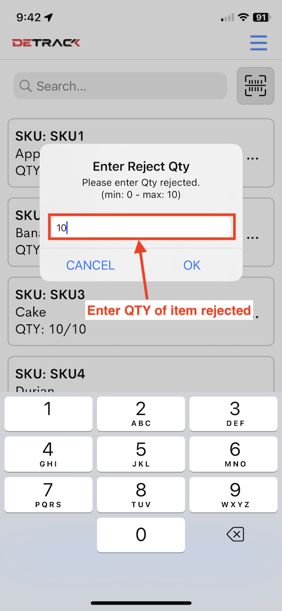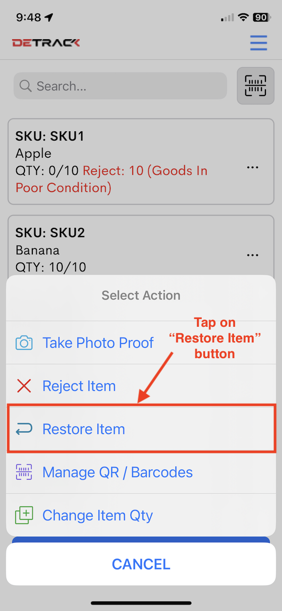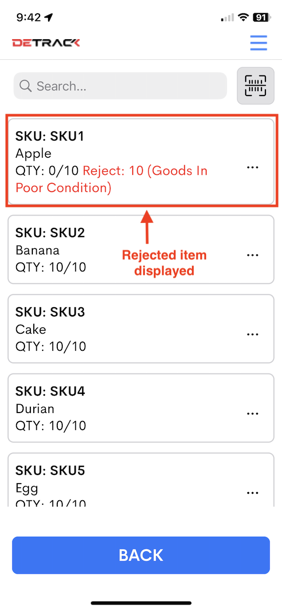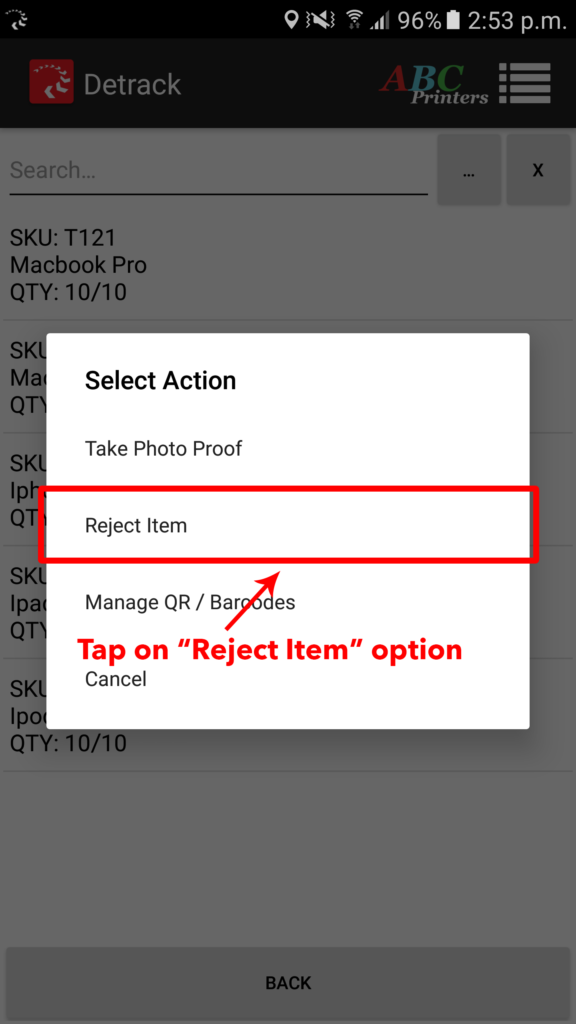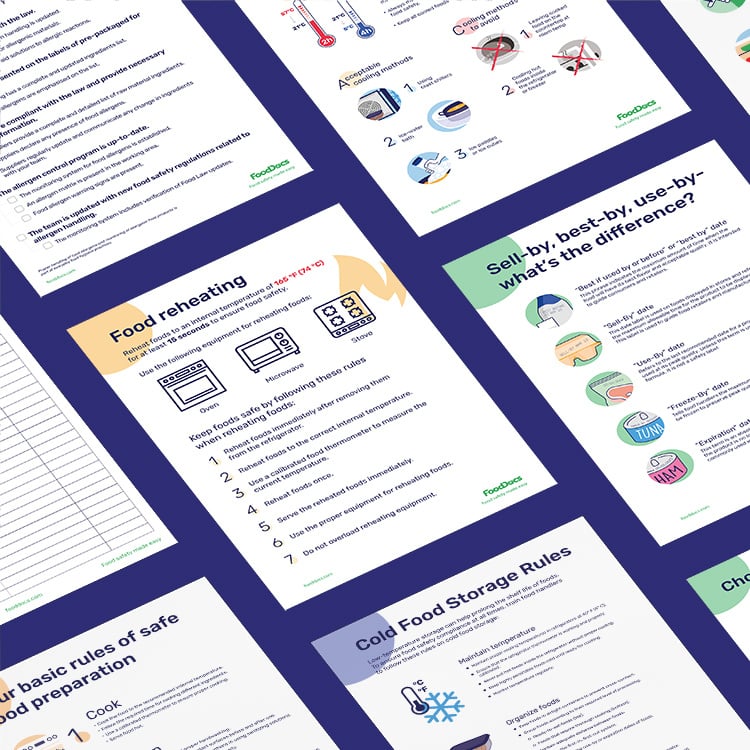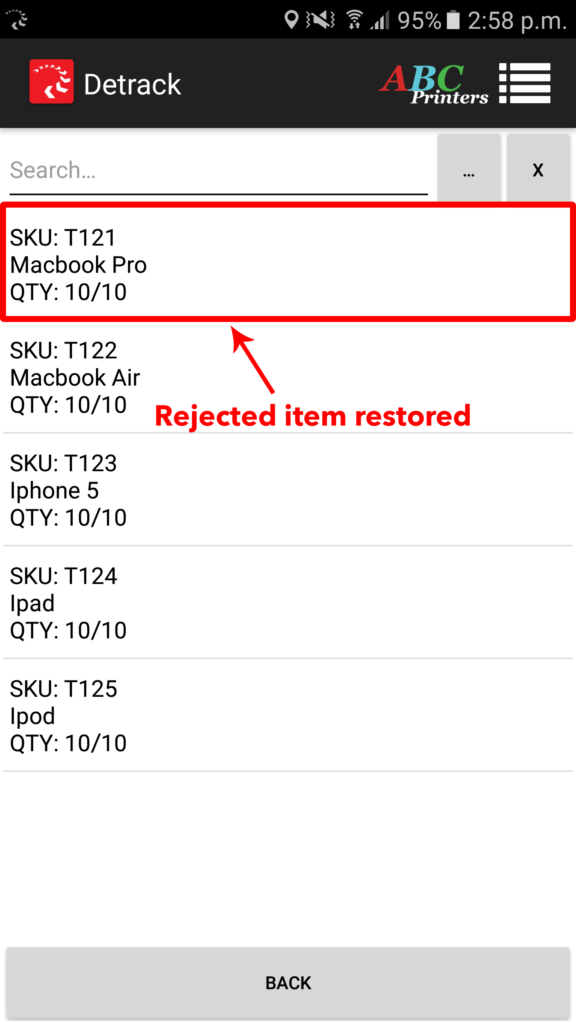Which Item Should Be Rejected Upon Delivery

Imagine the excitement: You've been tracking that package for days, and finally, the delivery truck rumbles up your street. The driver hops out, a large box in hand, promising the very thing you've been anticipating – maybe it's that new sofa, a state-of-the-art appliance, or a collection of handcrafted goods. But before you sign on the dotted line and usher it inside, a moment of pause is crucial. That moment of pause is the only difference between smooth sailing and potential nightmare.
This article delves into the critical question: Which items, upon delivery, warrant immediate rejection? Knowing your rights and recognizing red flags can save you from headaches, financial losses, and the disappointment of accepting damaged or incorrect goods. We will explore a range of scenarios, providing you with a practical guide to becoming a savvy receiver, ensuring that what arrives at your doorstep meets your expectations, and if it doesn't, how to handle it gracefully but firmly.
The Importance of Initial Inspection
The delivery process is complex, involving multiple handlers and potential transit hazards. This means damages can occur despite the best efforts of shippers and carriers. Your initial inspection is your first line of defense against accepting goods that don't meet the agreed-upon condition.
Take your time. Don't let the delivery person rush you. A quick once-over isn't sufficient; a detailed examination could reveal hidden problems.
Obvious Damage: The Red Flags You Can't Miss
External damage is often the easiest to spot. Crushed corners, tears in packaging, or visible dents are immediate warning signs.
Any puncture marks, water stains, or signs of tampering should also raise concerns. Document everything with photos or videos before the delivery person leaves.
Appliances and Electronics: Power Up and Check
Appliances and electronics require extra vigilance. If possible, power them up and test basic functions before signing for the delivery.
Check for physical damage, such as scratches on screens or dents in the casing. Ensure all components are included as listed in the product description.
Pay close attention to the model number and specifications. Verify that the delivered item matches your order exactly.
Furniture: Unboxing and Examining for Defects
Furniture is prone to damage during transit due to its size and weight. Unpack the furniture and inspect all surfaces for scratches, dents, or tears in the upholstery.
Check for loose joints, wobbly legs, or uneven surfaces. Open drawers and doors to ensure they function smoothly.
Confirm that the color, style, and dimensions match your order. Mismatched items should be refused.
Perishable Goods: Temperature and Expiration Dates
For perishable goods, such as food or medication, temperature is crucial. Ensure the packaging is cold and the contents appear fresh.
Check expiration dates carefully. Refuse delivery if the items are past their expiration date or show signs of spoilage.
Items with Missing Parts or Accessories
Sometimes the damage isn't physical, but rather a matter of missing components. Compare the delivered item against the product description or manual to ensure everything is included.
Missing parts can render the item unusable or significantly reduce its functionality. Contact the seller immediately to request replacements or initiate a return.
Your Rights as a Consumer
Consumer protection laws vary depending on your location, but generally, you have the right to receive goods that are as described, fit for purpose, and of satisfactory quality. This is a vital piece of knowledge.
If you receive damaged or defective goods, you have the right to reject them, request a replacement, or seek a refund. Keep all documentation, including order confirmations, delivery receipts, and photos of the damage.
Be aware of the seller's return policy and any time limits for reporting damage. Prompt action is essential to protect your rights.
How to Refuse a Delivery Gracefully
Refusing a delivery can feel awkward, but it's important to stand your ground if the item is not acceptable. Remain polite and professional when interacting with the delivery person.
Clearly explain your reasons for refusing the delivery. Point out the specific damages or discrepancies you've observed.
Request a written acknowledgement of the refusal from the delivery person. This will serve as evidence in case of any disputes.
Pro Tip: Note the date and time of the refused delivery and the driver's name, if available.
Immediately contact the seller or retailer to inform them of the issue and arrange for a replacement or refund. Provide them with all relevant documentation, including photos and the delivery refusal acknowledgement.
Document Everything: Your Best Defense
Documentation is key to a successful resolution. Maintain a detailed record of all communications, photos, and delivery receipts.
Take photos of any damage to the packaging or the item itself. Include close-up shots and overall views.
Keep copies of all emails, chats, and phone conversations with the seller or retailer. This will help you build a strong case if necessary.
When to Accept with Reservations
In some cases, you may choose to accept a delivery even if you notice minor damage. This is known as accepting with reservations.
Before signing, write a clear and concise description of the damage on the delivery receipt. For example, "Carton has a large dent on the side" or "Box is torn at the corner."
Take photos of the damage immediately after the delivery person leaves. This will provide evidence in case the damage is more severe than initially apparent.
Notify the seller or retailer of the damage as soon as possible, even if you've accepted the delivery. This will ensure that you're covered in case of any problems later on.
The Value of Reading Reviews and Researching Sellers
Before placing an order, take the time to read reviews of the product and the seller. This can provide valuable insights into the seller's reputation and the quality of their goods.
Look for reviews that mention shipping and handling issues. This can give you an idea of the likelihood of receiving damaged goods.
A seller with consistently negative reviews about damaged deliveries should be avoided.
Check the seller's return policy and customer service ratings. A reputable seller will have a clear and fair return policy and a responsive customer service team.
Beyond the Obvious: Hidden Damage and Functionality
Sometimes, the damage isn't immediately apparent. Hidden damage can occur during transit without any visible signs on the packaging. A gentle internal damage may not show on the outside.
Test all functions of the item as thoroughly as possible within the allowed return period. Look for any unusual noises, malfunctions, or performance issues.
Be vigilant about reporting any problems, even if they seem minor at first. Small issues can sometimes indicate larger underlying problems.
Conclusion: Empowering Yourself as a Consumer
Receiving a delivery should be a positive experience. By knowing your rights, inspecting items carefully, and documenting any issues, you can empower yourself as a consumer and avoid the frustration of accepting damaged or incorrect goods.
Remember, a little bit of knowledge and preparation can go a long way in ensuring a smooth and satisfactory delivery experience. You are not alone in advocating for you.
So, the next time that delivery truck pulls up to your door, take a deep breath, grab your glasses, and be ready to inspect with confidence. Your peace of mind is worth it. Your efforts will protect you.
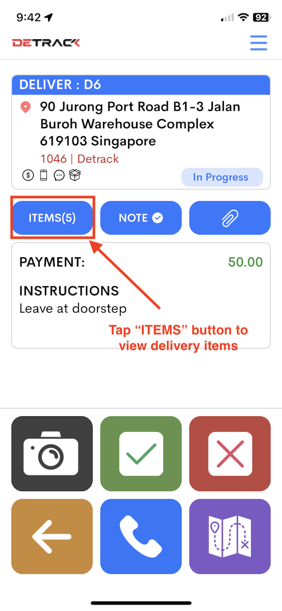
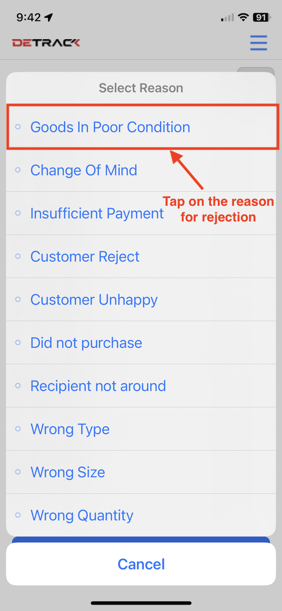

.jpg)


